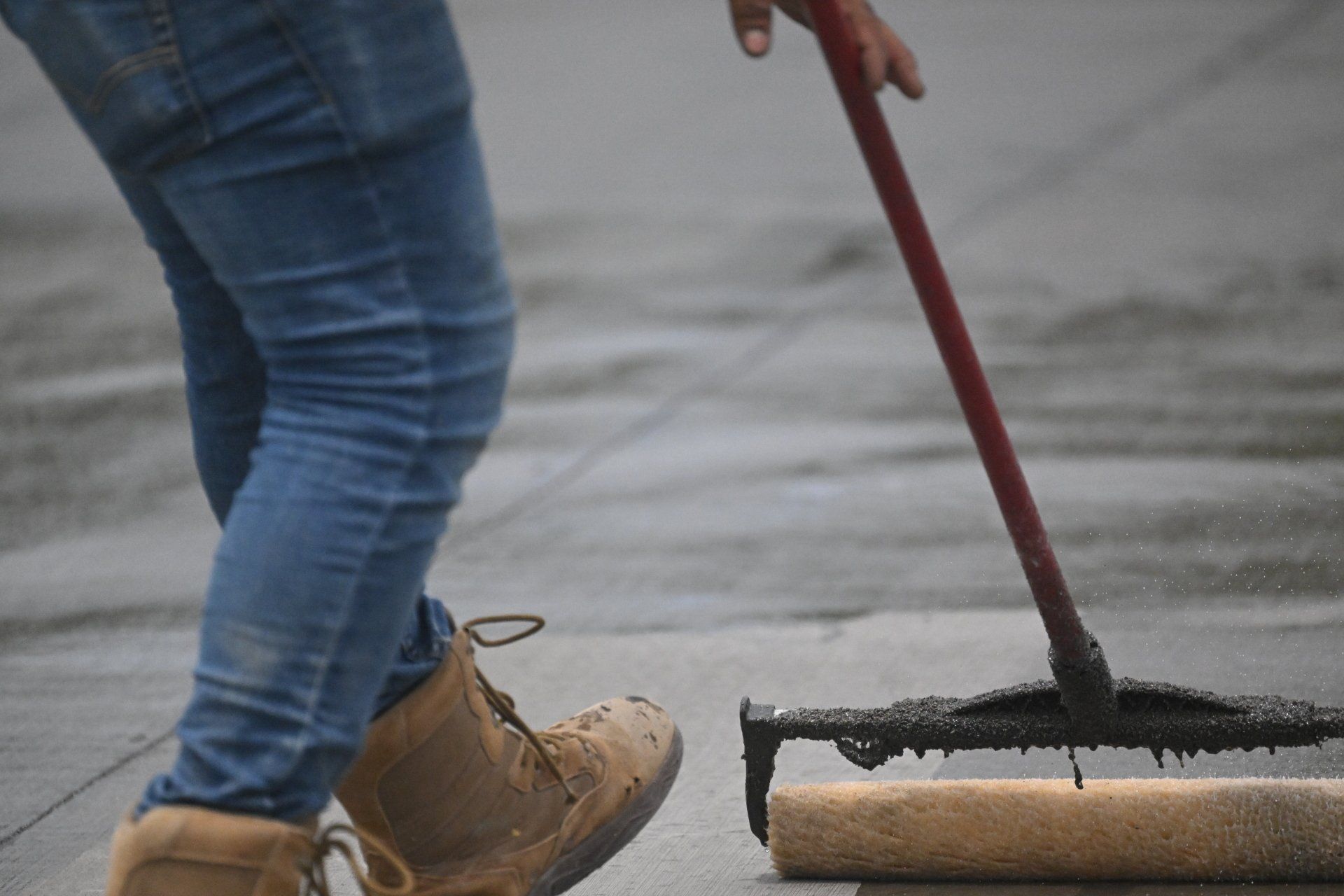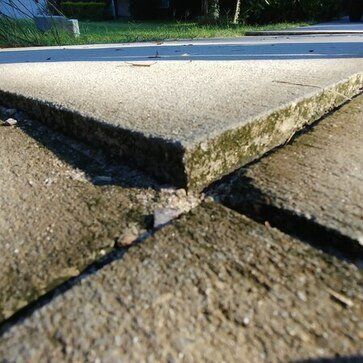Concrete Sealers for Roof Waterproofing and Other Areas: The Ultimate Protection
Maximizing Protection and Aesthetics: Advanced Solutions in Concrete Sealers for Diverse Applications
In the world of construction and maintenance, "sealer for concrete" plays a pivotal role in safeguarding the integrity and aesthetics of concrete structures. This article explores the versatility and effectiveness of concrete sealers in various applications, focusing particularly on roof waterproofing and other critical areas.

Sealer for Concrete: A Versatile Solution
Concrete sealers are more than just a protective layer; they are the unsung heroes that extend the life of concrete surfaces. From roof waterproofing to floor protection, the right sealer for concrete floors and other areas ensures longevity and durability. These sealers come in various forms, catering to different needs and environmental conditions.
Roof Waterproofing with Concrete Sealers
Roofs are constantly exposed to the elements, making them vulnerable to water damage. A waterproofing sealer for concrete is essential in creating an impermeable barrier that shields the roof from moisture, thereby preventing leaks and structural damage. The use of a water-proof sealer for concrete on roofs not only enhances durability but also contributes to the overall health of the building by preventing mold growth and water infiltration.
Clear Sealer for Concrete: Maintaining Aesthetics
For those who appreciate the natural look of concrete, a clear sealer for concrete is the perfect choice. It provides all the protective benefits while maintaining the original appearance of the concrete surface. This type of sealer is ideal for areas where you want to preserve the concrete's raw, industrial aesthetic without compromising on protection.
Water Sealer for Concrete: Guarding Against Moisture
Water sealer for concrete is specifically formulated to provide a strong defense against water and moisture. Its application is crucial in areas prone to dampness, such as basements, pool decks, and driveways. By forming a water-resistant layer, these sealers help prevent water-related damages like cracking, efflorescence, and spalling.
Paint Sealer for Concrete Walls: A Dual Function
Incorporating a paint sealer for concrete walls serves two purposes – it acts as a primer to enhance paint adhesion and provides a protective layer against external factors. This dual functionality makes it an excellent choice for exterior walls, where the concrete is exposed to weather and environmental pollutants.
Combining Paint and Sealer for Concrete
For a more comprehensive approach, the combination of paint and sealer for concrete offers both aesthetic appeal and robust protection. This combo is particularly useful for areas that require regular cleaning or are exposed to chemicals, as it provides an easy-to-clean surface and resists staining.
The Science Behind Concrete Sealers: Enhancing Performance and Longevity
Delving deeper into the science of sealers reveals how these products work to protect concrete. Sealers penetrate the porous surface of concrete, filling in gaps and voids. This process not only blocks moisture and contaminants but also strengthens the surface, making it more resistant to wear and tear. Understanding the chemical makeup of different sealers is crucial in selecting the right product for specific environments and uses.
Environmental Considerations in Sealer Selection
In today’s eco-conscious world, the environmental impact of building materials is a growing concern. Many manufacturers are now offering eco-friendly sealer options for concrete that are low in volatile organic compounds (VOCs) and have a reduced carbon footprint. These green sealers provide the same high level of protection without harming the environment, making them an excellent choice for sustainable building projects.
The Role of Sealers in Enhancing Concrete Aesthetics
Sealers do more than just protect; they also enhance the visual appeal of concrete surfaces. High-gloss sealers can give concrete floors a shiny, polished look, while tinted sealers add a splash of color to otherwise bland surfaces. For decorative concrete, sealers can enhance the vibrancy of colors and protect artistic work from fading and weathering.
Innovative Application Techniques for Sealers
The application of concrete sealers has evolved with the advent of new tools and techniques. Spray-on sealers provide a quick and even application over large areas, while roll-on methods offer more control for smaller, intricate spaces. Professionals now use sophisticated equipment that ensures a uniform coat, maximizing the effectiveness of the sealer.
Troubleshooting Common Sealer Issues
Despite their benefits, applying sealers can sometimes present challenges. Problems like bubbling, streaking, or uneven coverage can occur if the sealer is not applied correctly or under unsuitable conditions. The article can provide tips for troubleshooting these common issues, ensuring a flawless finish every time.
Case Studies: Successful Sealer Applications
To illustrate the effectiveness of concrete sealers, the article could include case studies of successful applications. Examples might include a roof waterproofing project that extended the life of a commercial building, or a residential driveway where sealer helped resist oil stains and cracking.
Future Trends: Smart Sealers and Beyond
Looking to the future, the field of concrete sealers is set for exciting developments. Innovations like smart sealers, which can adapt to changing environmental conditions or even self-heal minor cracks, are on the horizon. These advancements promise to further enhance the durability and functionality of concrete in various applications.
Wrapping Up: The Indispensable Role of Concrete Sealers
In conclusion, sealers for concrete are an indispensable part of modern construction and maintenance. From safeguarding roofs against harsh weather to beautifying floors and walls, the right sealer makes all the difference. As technology advances, the potential of these products continues to grow, promising even more effective solutions for preserving and enhancing concrete structures around the world. For builders, homeowners, and maintenance professionals, understanding and utilizing the power of concrete sealers is key to achieving long-lasting, beautiful results in any project.
Article sounds informative? Read our another article on Discovering Excellence in Foundation Repair: Spotlight on Palmdale Foundation Repair and Waterproofing Pros.



